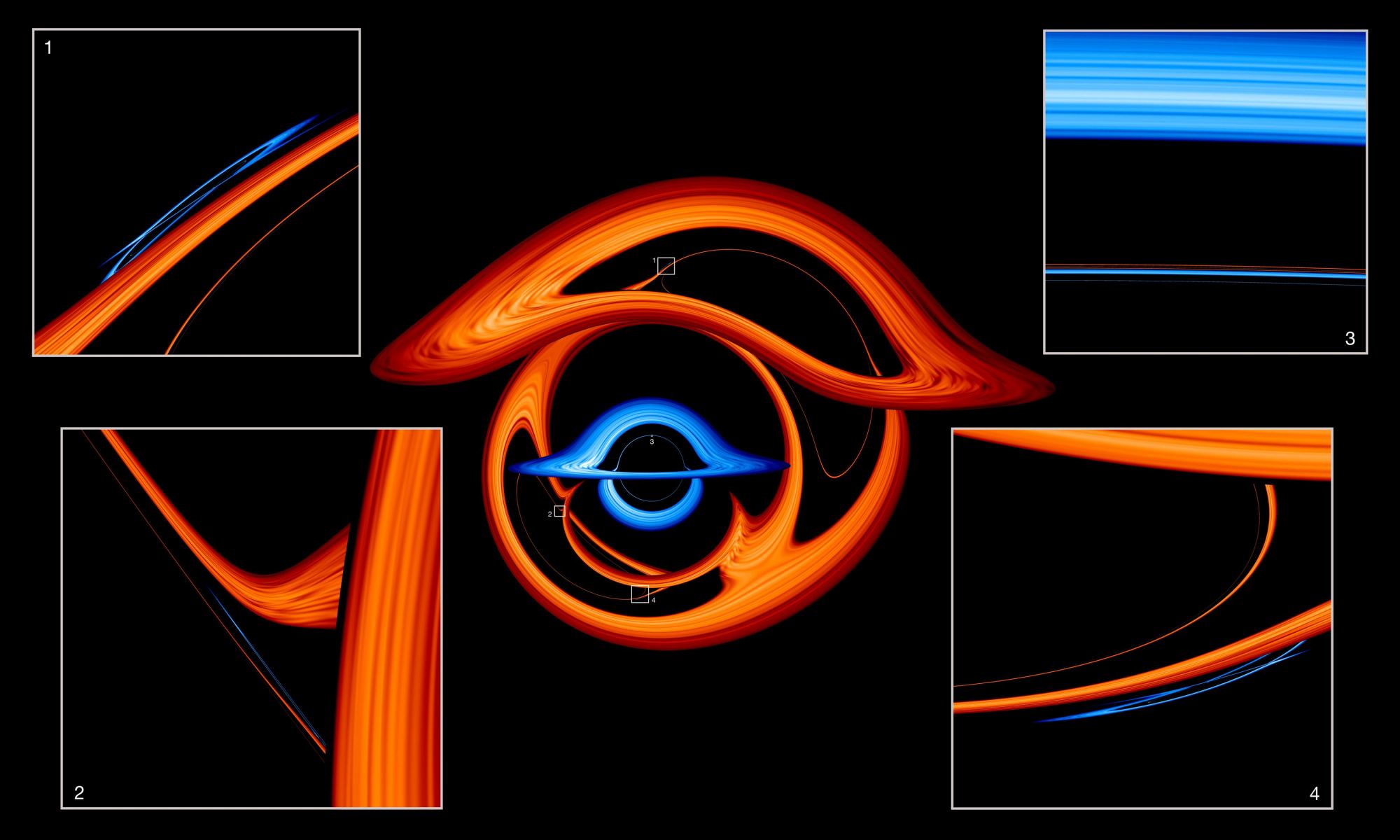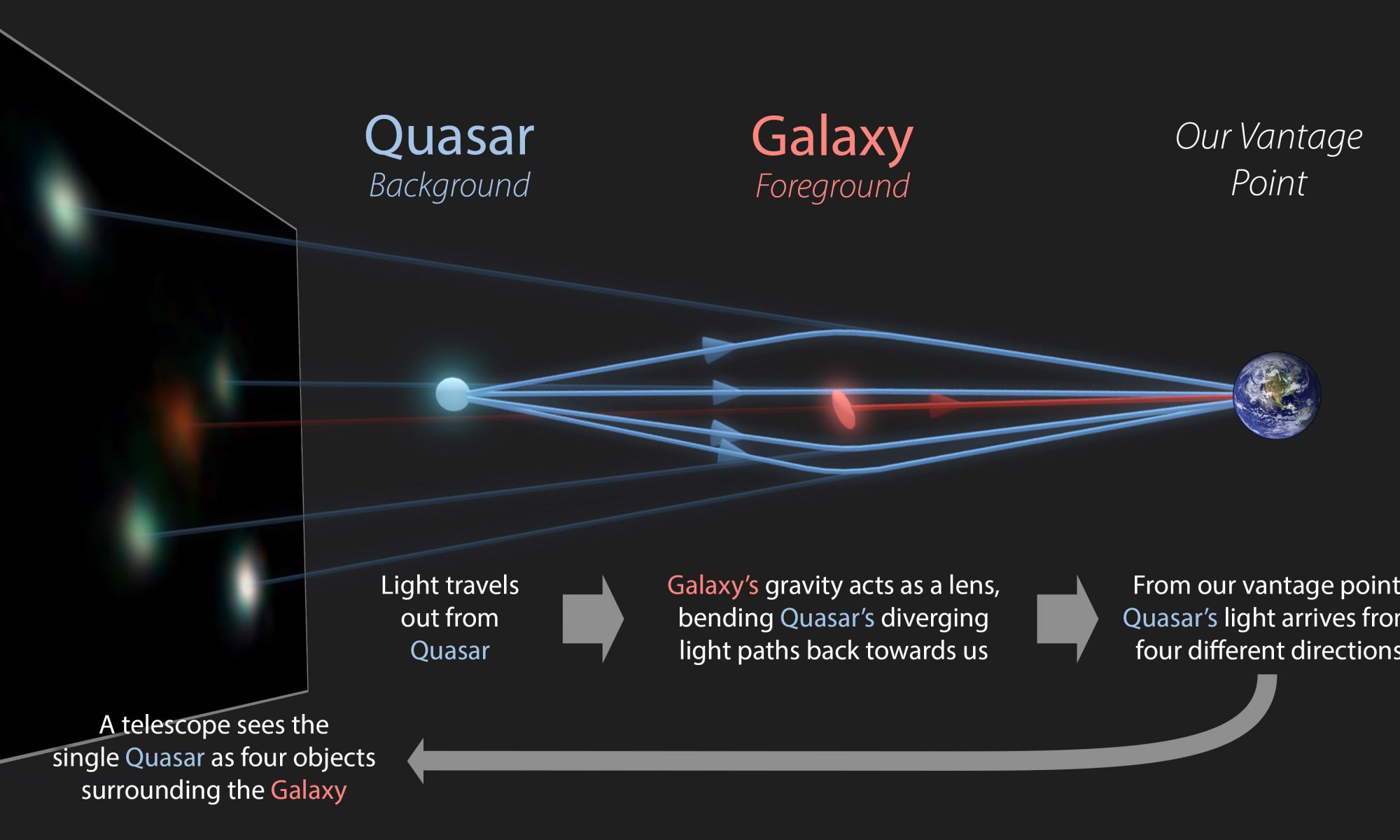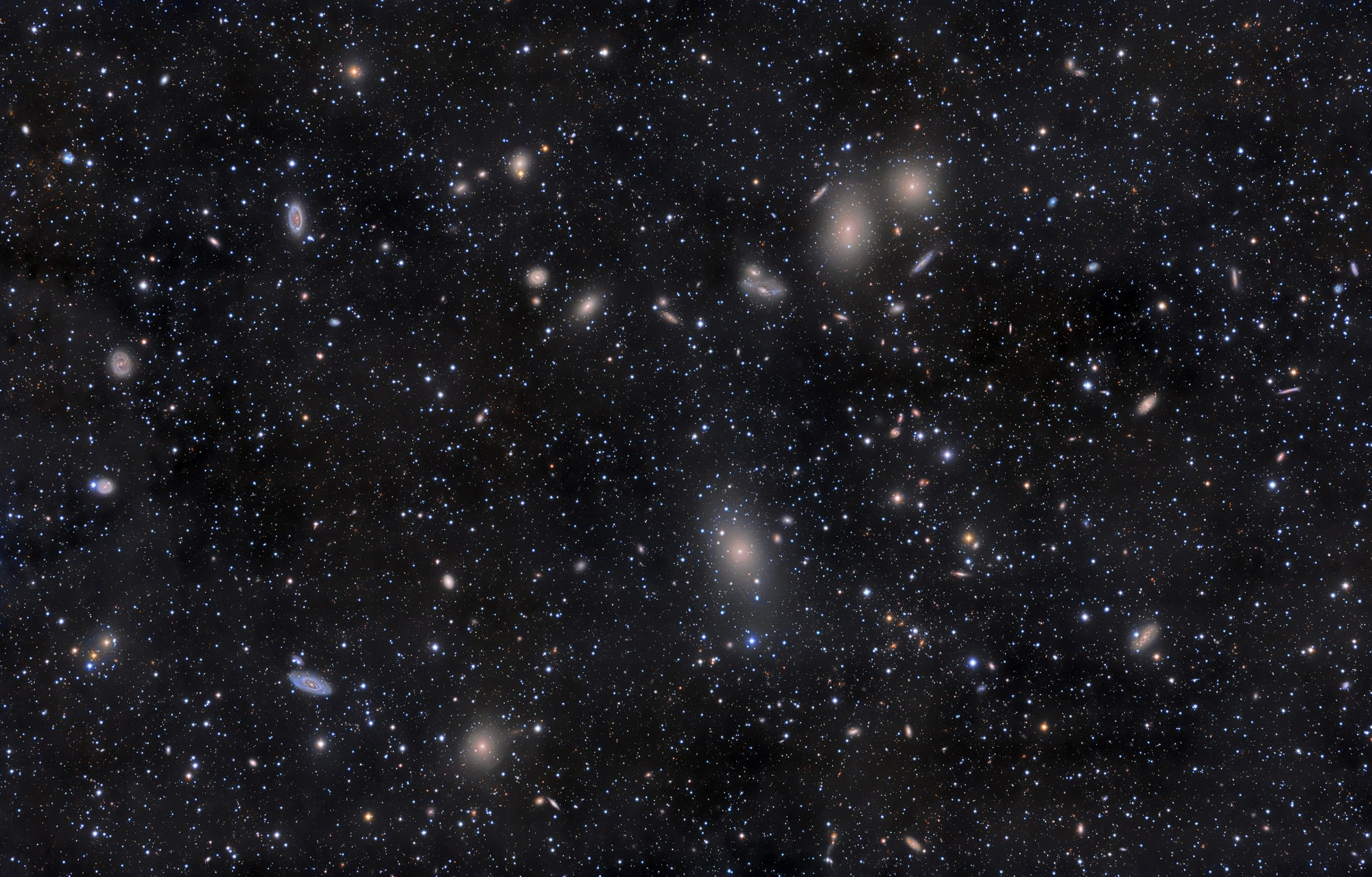One of the strangest predictions of general relativity is that gravity can deflect the path of light. The effect was first observed by Arthur Eddington in 1919. While the bending effect of the Sun is small, near a black hole light deflection can be significant. So significant that you need a powerful supercomputer to calculate how light will behave.
Continue reading “You Thought Black Hole Event Horizons Looked Strange. Check out Binary Black Hole Event Horizons”You Thought Black Hole Event Horizons Looked Strange. Check out Binary Black Hole Event Horizons










